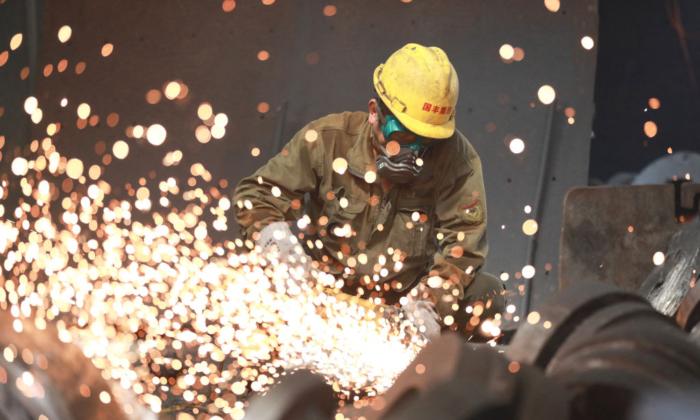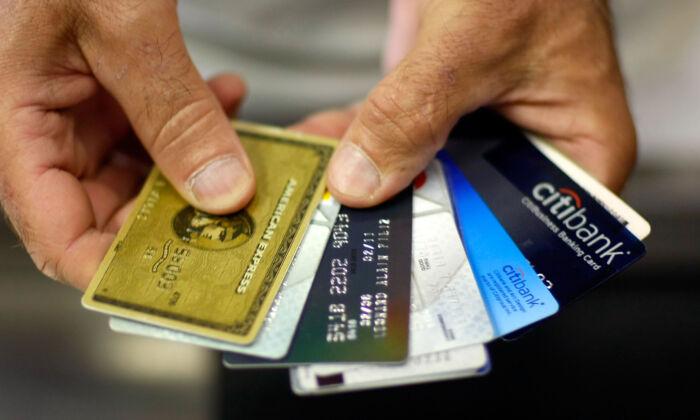Chinese manufacturing activity shrank for the fifth consecutive month in August, as the services sector slumped to its lowest level this year.
The official non-manufacturing PMI slipped to 51.0, from 51.5 in July. The print came in slightly below market estimates of 51.1.
Despite recent indicators highlighting deflation, the manufacturing and services PMIs hinted at reviving inflationary pressures due to rising input costs that usually lead to increasing output prices.
“The survey results show that insufficient market demand is still the main problem that enterprises are facing, and the foundation for the recovery and development of the manufacturing industry needs to be further consolidated,” Zhao Qinghe, a senior National Bureau of Statistics official, said in a statement.
The private-sector version of the manufacturing PMI from Caixin will be released on Aug. 31; that’s also expected to be in contraction territory.
Markets were mixed on the news. The Hang Seng Index rose by 0.5 percent, while the Shanghai Composite Index slipped by about 0.2 percent.
The latest manufacturing and non-manufacturing PMIs point to an economy that is neither growing nor shrinking, according to ING economists.
Slowing Economy
In recent months, data have confirmed that the Chinese economy is experiencing a slowdown despite hopes that post-pandemic conditions would lead to an exceptional boom. Instead, the world’s second-largest economy has seen retail sales easing, rising unemployment, cratering exports, and a falling Chinese yuan.The collapse of Evergrande Group and Country Garden, the two largest property developers in the nation, added to the country’s economic woes.

In August, the People’s Bank of China (PBOC) trimmed the 1-year Medium-Term Lending Facility (MLF)—a funding mechanism to enable the institution to inject liquidity into the financial system and set rates for various loans—by 15 basis points to 2.5 percent. The central bank later cut the key 1-year loan prime rate (LPR)—a benchmark interest rate for most household and business loans—by 10 basis points to an all-time low of 3.45 percent. It kept the 5-year LPR, a reference point for mortgages, unchanged at 4.2 percent.
This past spring, the PBOC slashed the reserve requirement ratio, or RRR, by 25 basis points. The policy decision was applicable to all banks except companies that have installed a 5 percent reserve ratio.
Officials are attempting to expand credit to consumers and businesses by encouraging banks to lend more. Ma Jianyang, the deputy head of the financial market department, reportedly plans to make the case to financial regulators, large companies, and lenders that banks need to expand loans to businesses that are borrowing for the first time and establish annual targets for services to private entities.
The Chinese offshore yuan is poised to hit a record low this year. The offshore yuan, which is mainly used by businesses and investors outside of mainland China, could plunge to 7.6 against the U.S. dollar by the year’s end. It’s already down by more than 5 percent year-to-date against the greenback.
As of Aug. 31, the USD/CNH currency pair was trading at about 7.3.

Officials have intervened in currency markets to support the yuan. In August, authorities confirmed they would allow the yuan to trade at a 2 percent band relative to the daily fixing each day.
But it is not only the broader economy that is struggling. The financial markets are slumping too.
Year-to-date, the Hang Seng Index has declined by about 6 percent. It has also fallen by about 25 percent since January 2021. The Shanghai Composite Index is up by just 1 percent so far this year and has dropped 10 percent since December 2022.







